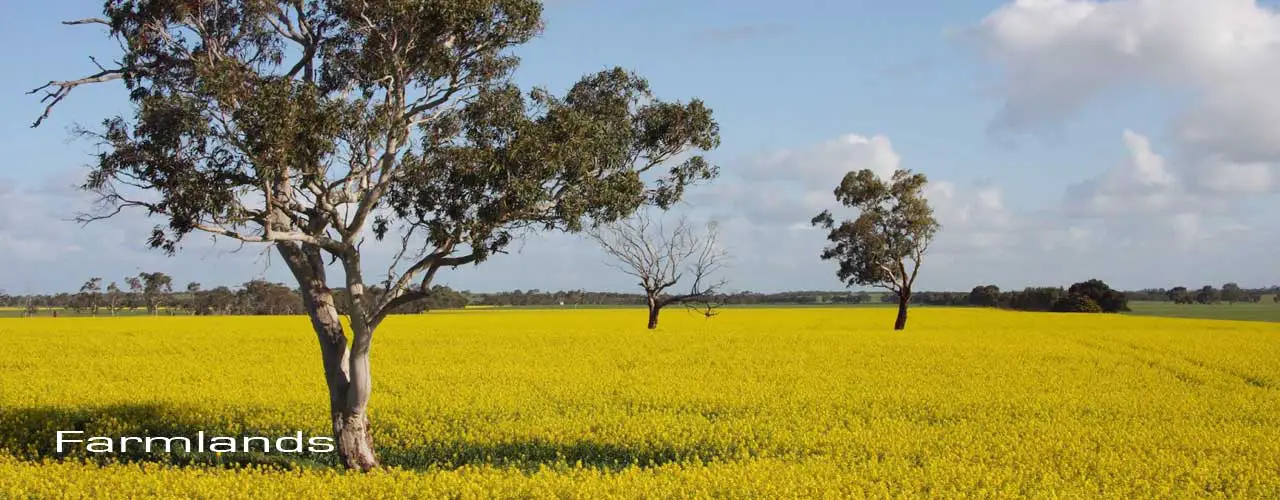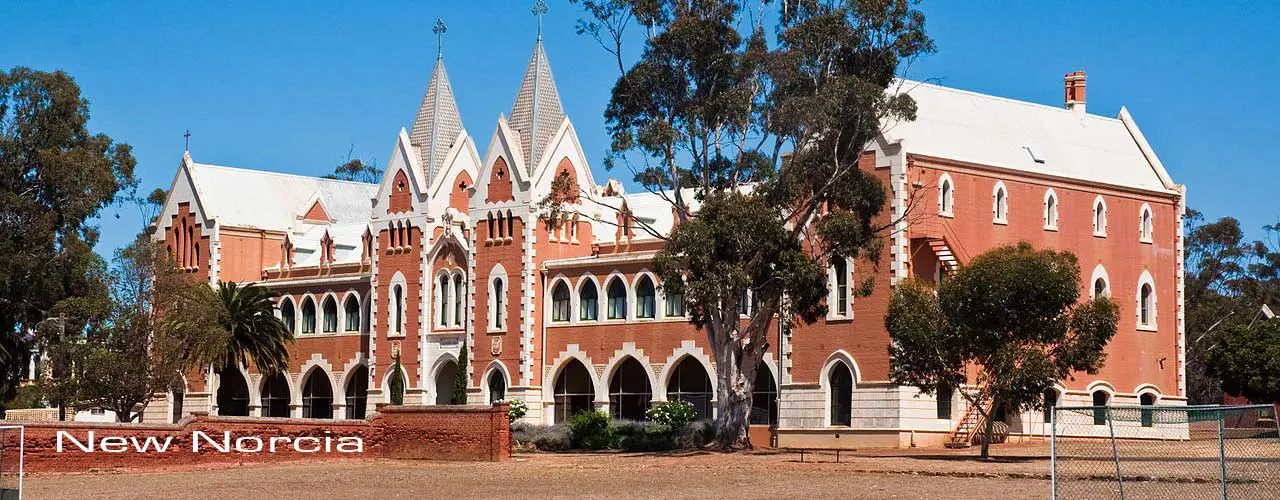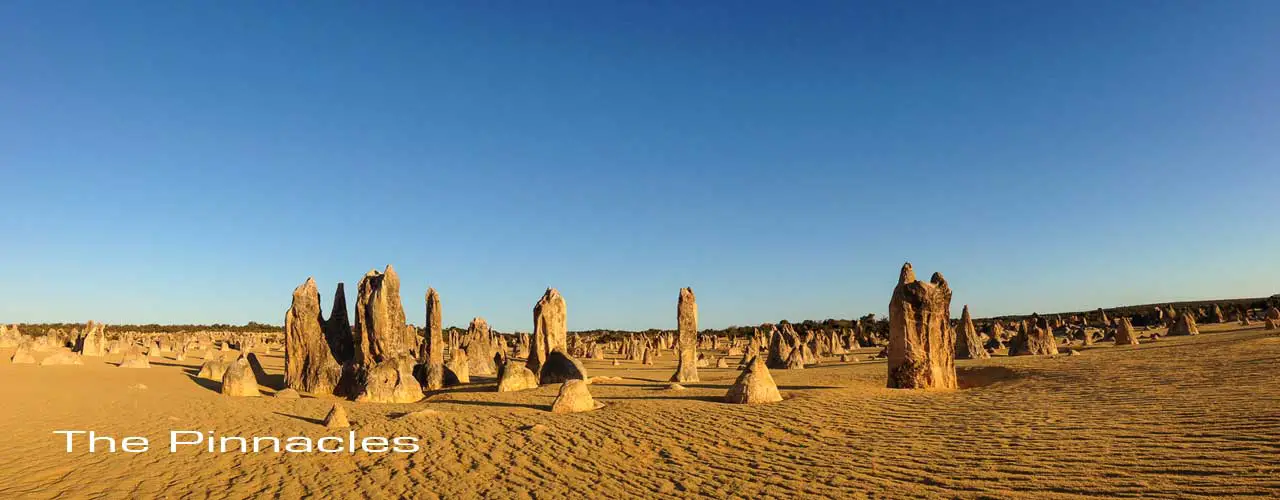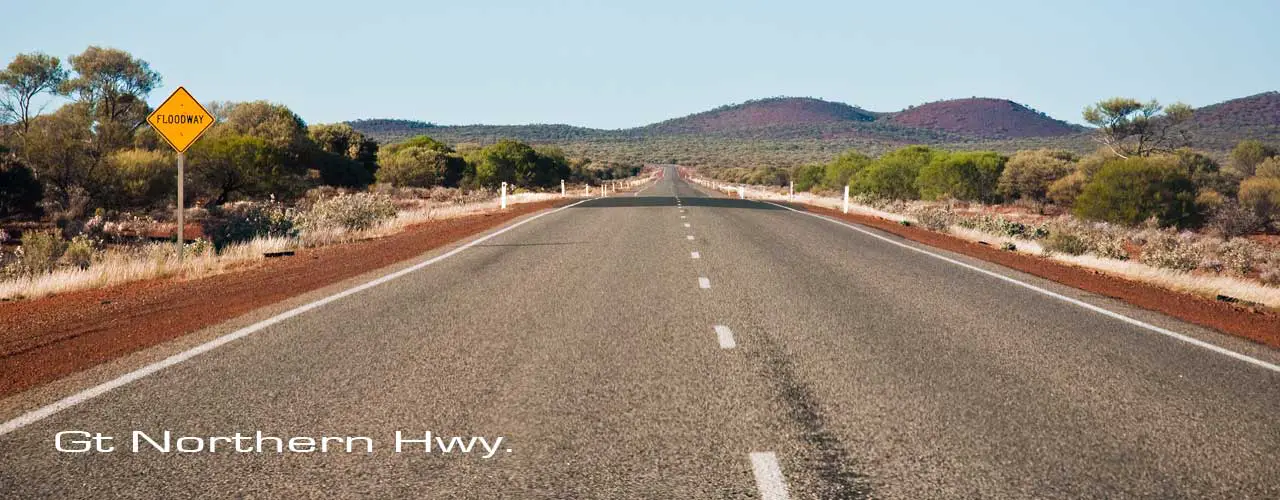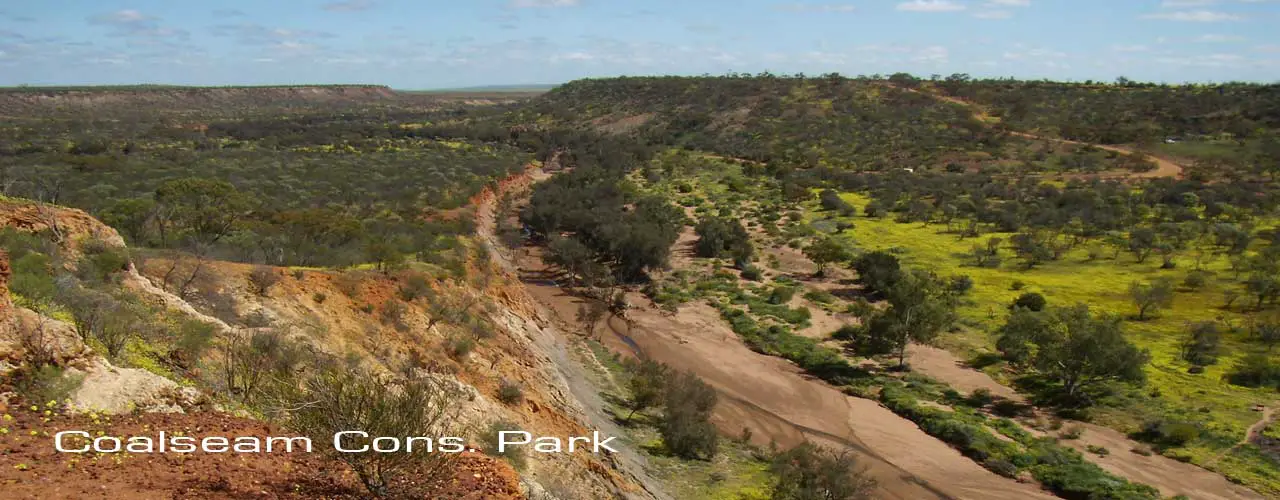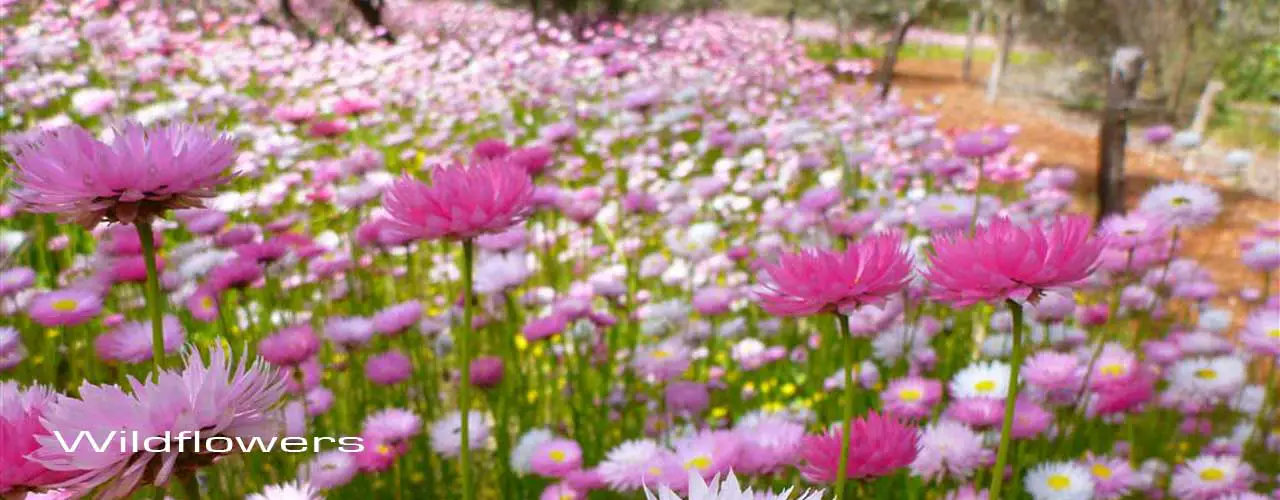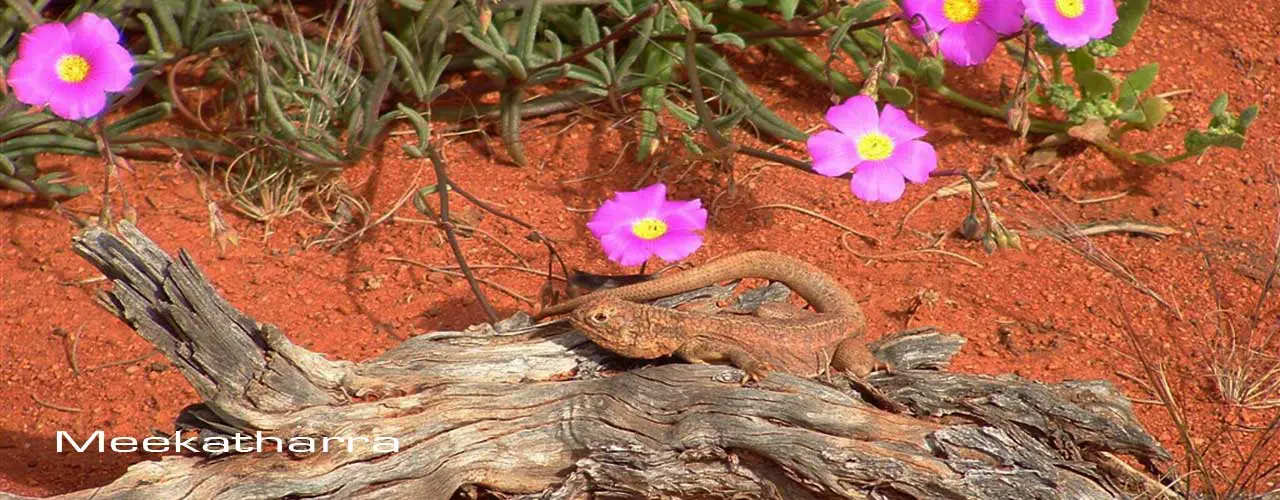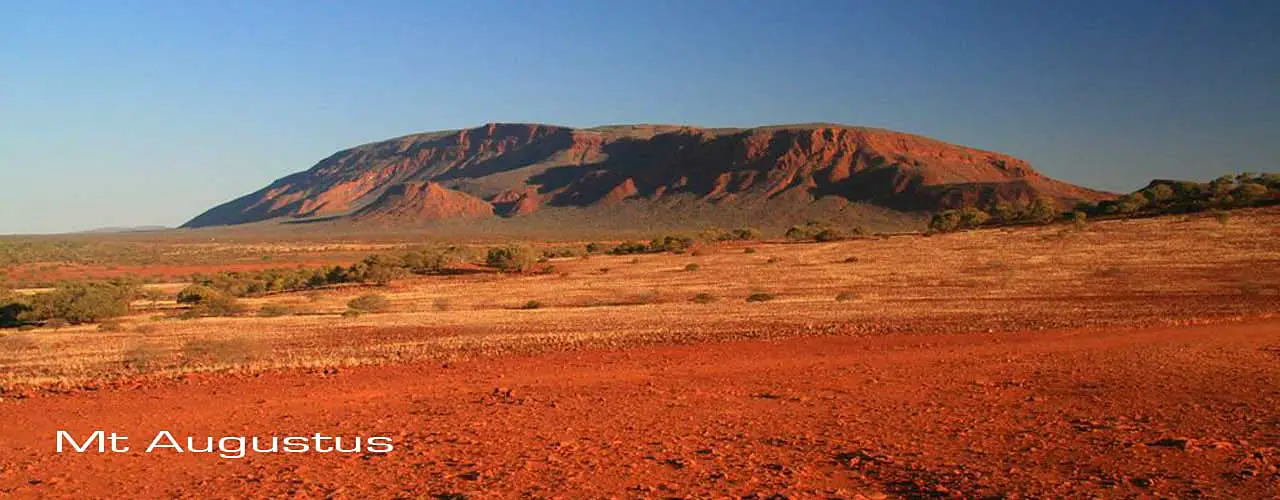The Murchison region covers almost 470,000 square kilometres or nearly one fifth the area of Western Australia. The region extendsfrom the coast, from Greenhead in the south to beyond Kalbarri in the north, and more than 800 kilometres east into the mineral rich hinterland. With an area twice the size of the United Kingdom, the Murchison embraces a wide diversity of landscapes and land uses.
These range from the rich fishing and agricultural areas along and near the coast to the valuable pastoral and mining areas further inland. The Murchison region includes the City of Geraldton which is the region's major commercial, administrative and service centre.
The Central Agricultural Area of Western Australia, which includes the Western Australian Wheatbelt, covers a vast area that extends from west to east from the Indian Ocean in the west to the western edge of the Goldfields. The area encompasses some of the most productive agricultural areas of the state and the wheat fields in Australia, in an area more three times the size of Tasmania.

The region's economy has historically been based on agriculture, particularly cropping, which remains the most dominant industry in the region but it is also supported by mining, commerce, manufacturing, fishing and tourism.
Western Australian Wildflowers are spectacular, exotic and in some cases rare and the central agricultural district boasts some of the finest arrays of Western Australia's best wildflowers. Thoughout the region, between August to November, wildflowers are often seen as a vivid carpet of colour beside the roads and highways.
How To Get There
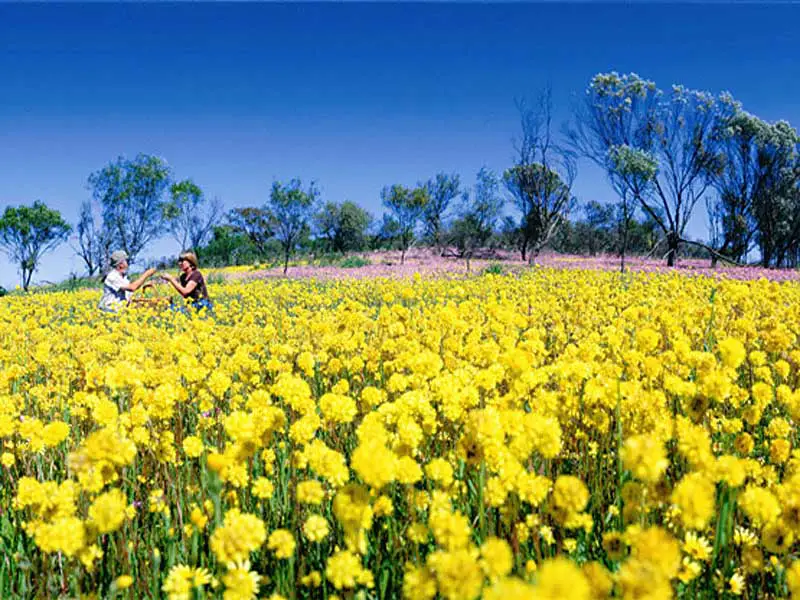
The Central Agricultural region of Western Australia surrounds the city of Perth, and can therefore be reached by taking any of the major highway out of Perth to the north, east and south east. The Northern Agricultural region is accessed via Gt Northern Highway through Guildford, Midland and Bullsbrook. The Central Wheatbelt is accessed via Gt Eastern Highway, over the Darling Scarp, to Mundaring and Northam.
Best Time To Go
The coastal regions enjoy a Mediterranean climate, therefore there is no time of the year better to visit than another. The inland regions could also be described as having a temperate Mediterranean climate, however the further east one travels the more arid the environment becomes. Inland temperatures are more extreme than the coast (summers are hotter and drier, winters are colder) and rainfall is much less throughout the year. Wildflowers are in full bloom throughout the region between August and december.
